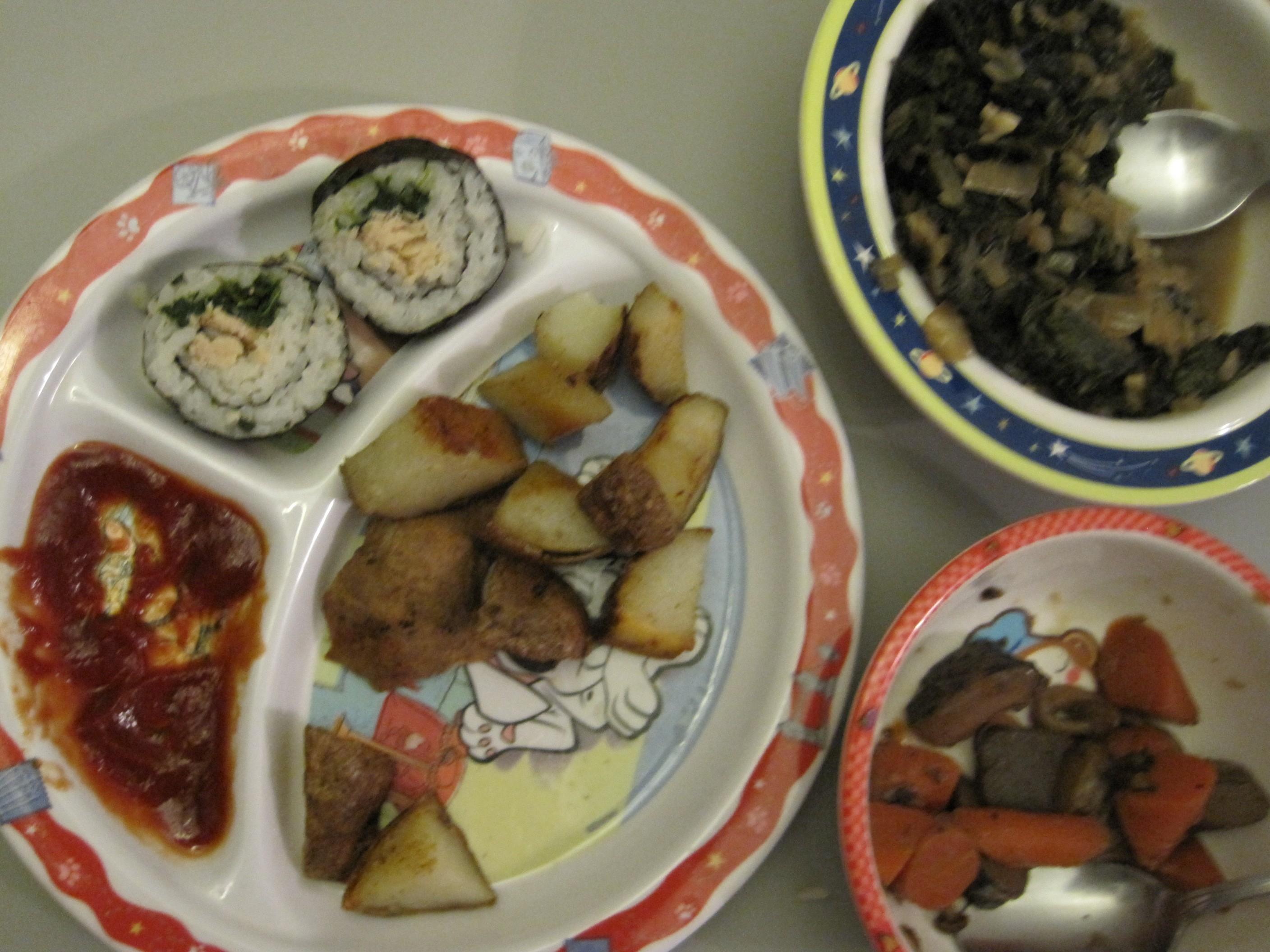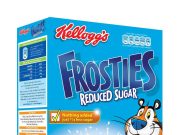Introducing healthy eating habits to toddlers can feel like navigating a maze, where every turn presents a new challenge or surprise. As parents and caregivers, we understand that instilling a love for nutritious foods in young children is crucial yet often daunting. Between picky eating phases and the allure of sugary snacks, fostering a balanced diet can seem overwhelming. However, with patience, creativity, and a sprinkle of empathy, it’s entirely possible to guide your little ones toward making healthier choices. In this article, we’ll explore practical tips and strategies that not only promote good eating habits but also transform mealtime into a joyful and stress-free experience for both you and your toddler. Let’s embark on this journey together, turning small steps into lifelong habits that nourish and delight.
Understanding Toddler Nutrition Needs with Empathy
When addressing the dietary needs of toddlers, it’s essential to approach the subject with both knowledge and compassion. Understanding that each child is unique can help parents and caregivers foster positive mealtime experiences. Here are some empathetic strategies to ensure toddlers receive the nutrition they need:
- Respect their Appetite: It’s normal for toddlers to have fluctuating appetites. Avoid forcing them to eat when they’re not hungry, and instead offer smaller, nutrient-rich meals throughout the day.
- Involve them in Meal Prep: Encourage your toddler to participate in simple tasks like washing vegetables or stirring ingredients. This involvement can make them more interested in the food and willing to try new things.
- Create a Routine: Establish regular meal and snack times to provide a sense of security and structure. Predictable routines can help toddlers feel more comfortable and reduce anxiety around eating.
| Nutrient | Importance | Sources |
|---|---|---|
| Iron | Supports growth and development | Lean meats, fortified cereals, beans |
| Calcium | Builds strong bones and teeth | Milk, cheese, yogurt, leafy greens |
| Fiber | Aids digestion and prevents constipation | Fruits, vegetables, whole grains |
By approaching toddler nutrition with empathy, we can better support their journey towards healthy eating habits. Remember, patience and understanding are key as they explore and grow.

Creating a Positive Mealtime Environment for Little Ones
Mealtime is not just about food; it’s a chance to nurture connections and create a joyful atmosphere. Establishing a welcoming setting can significantly influence toddlers’ eating habits. Here are some practical ways to foster a positive environment:
- Set a Routine: Regular meal and snack times provide a sense of security and predictability, helping little ones know what to expect.
- Minimize Distractions: Turn off screens and limit toys at the table to help children focus on their meal and the social aspect of dining together.
- Engage in Conversation: Use mealtime to talk about the day, share stories, or discuss the food on the table. This not only enriches the dining experience but also encourages language development.
Creating a pleasant visual environment can also enhance mealtime. Consider incorporating colorful plates or placemats to make the table inviting. Use child-sized utensils that are easy for little hands to manage, promoting independence and self-feeding. Below is a simple table setup idea to inspire you:
| Item | Description |
|---|---|
| Colorful Plate | Bright and fun, makes meals more appealing. |
| Child-sized Utensils | Easy to grip, encouraging self-feeding. |
| Non-slip Placemat | Keeps everything in place, reducing spills. |

Incorporating Fun and Variety into Toddler Meals
Transforming mealtime into a fun and adventurous experience can spark a toddler’s interest in healthy foods. It’s all about creativity and presentation! Try serving meals in playful shapes and vibrant colors. For instance, use cookie cutters to shape sandwiches, cheese, or fruits into stars, hearts, or animals. This not only makes the food visually appealing but also encourages toddlers to try new foods.
Incorporate a variety of textures and flavors to keep things exciting. Mix crunchy and soft foods, like serving apple slices with yogurt dip or pairing roasted sweet potato cubes with creamy avocado. Offering diverse tastes and textures helps develop a toddler’s palate and makes them more open to trying new things.
- Mix and match colors: Create a rainbow on the plate with different fruits and veggies.
- Introduce theme days: Have a “Taco Tuesday” or ”Pasta Friday” with healthy toppings.
- DIY meals: Let toddlers build their own mini pizzas or wraps using healthy ingredients.
| Food | Shape | Color |
|---|---|---|
| Sandwich | Star | Brown/Green |
| Cheese | Heart | Yellow |
| Fruits | Animal | Red/Orange |

Practical Tips for Managing Picky Eating Behaviors
Dealing with picky eaters can feel like navigating a culinary minefield, but with patience and a few smart strategies, you can make mealtime less of a battle. Start by offering a variety of foods without pressure. Create a positive eating environment where toddlers feel safe to explore new tastes and textures. Remember, it’s perfectly normal for children to be wary of unfamiliar foods.
- Serve small portions: Overwhelming amounts can intimidate picky eaters. Start with bite-sized servings and offer more if they’re interested.
- Be a role model: Let your toddler see you enjoying a diverse range of foods. Your enthusiasm can be contagious.
- Involve them in meal prep: Kids are more likely to try foods they’ve helped prepare. Give them simple tasks like washing veggies or stirring ingredients.
- Offer choices: Provide two or three healthy options and let them decide. This gives them a sense of control and increases the likelihood they’ll eat what’s on their plate.
| Situation | Response |
|---|---|
| Refuses to eat vegetables | Introduce veggies in fun shapes or mixed into favorite dishes. |
| Only wants sweets | Offer naturally sweet fruits as a healthier alternative. |
| Gets distracted during meals | Establish a calm, screen-free dining area to focus on eating. |








































